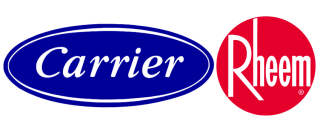Like many other kitchen design elements, lighting is essential to interacting with and using the space.
No place in the kitchen is more emblematic of this than the area around the kitchen island, where we gather, cook, and work.
Whether you’re before your island to chop vegetables for dinner or to take a bite of your chocolate bar, picking the right light for your cooking and gathering space is about creating a space that’s as functional as it is welcoming.
Task Lighting: Precision and Purpose
You need to know precisely what it is – it’s task lighting.
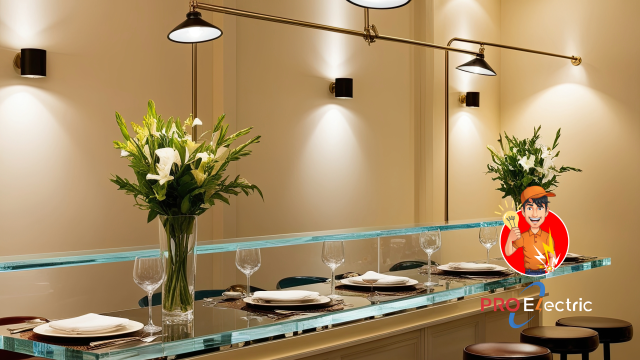
And there’s nothing imprecise about its job description: task lighting enables you to do things, whether food prep, recipe reading, or a kitchen-island stint as a temporary office.
Why Task Lighting is Essential
Say you’re cutting vegetables on a countertop next to a window.
The general lighting in the kitchen is fine, but without task lighting, you’ll be cutting your vegetables in a dim light.
Or perhaps you’re reading from a recipe book in a shadowy kitchen corner.
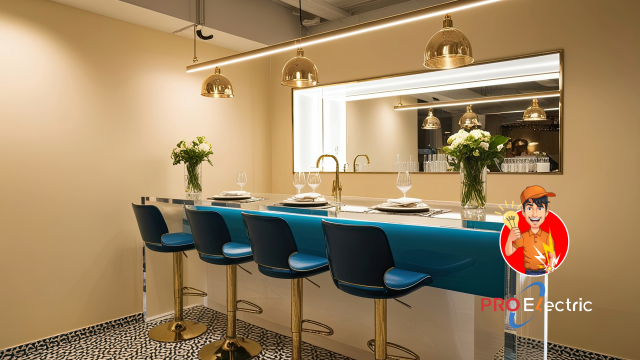
Task lighting, which illuminates explicitly where you’re working, makes these tasks easier.
It improves your visibility and reduces the potential for accidents, especially if you have a knife and pan burning over a hot stovetop.
The Best Task Lighting Options
Pendant lights hung directly over the island work area are famous for task lighting above islands.
Pendant lights provide more diffuse light than sconces but are still highly directional and can add a decorative touch to the kitchen design.
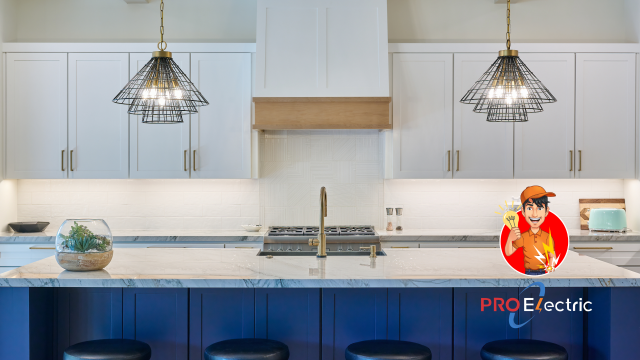
Alternatively, you can opt for track lighting, which can be pointed in various directions to light several areas of the island.
However, you need to consider more than just the fixture—lumens also matter, and for task lighting, more is better. It’s the lumens, not the watts that count for light output.
Ambient Lighting: Setting the Mood
Task lighting is all precision, while ambient lighting is all ambiance.
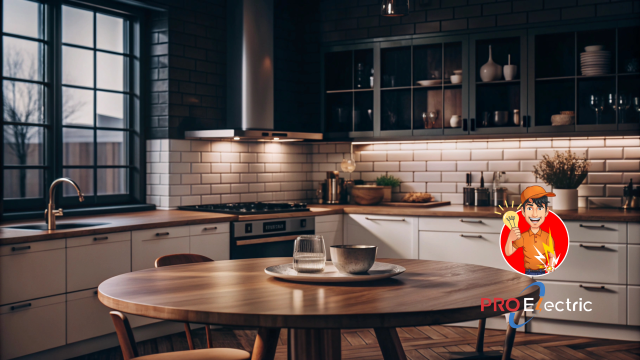
Ambient lighting in the kitchen provides overall illumination; it fills the areas missed by the task lighting and tempers the room’s mood.
The Role of Ambient Lighting
Without ambient lighting, even excellent task lighting can feel clinical.
Ambient lighting helps a kitchen feel warm and open, making it a pleasant place when you’re not cooking or talking with a friend on the island.
Options for Ambient Lighting
Recessed lighting is a discreet but effective way to provide ambient light to your kitchen.
Ceiling-mounted fixtures toss light across the ceiling and into the room below, thoroughly illuminating the space without overpowering it.
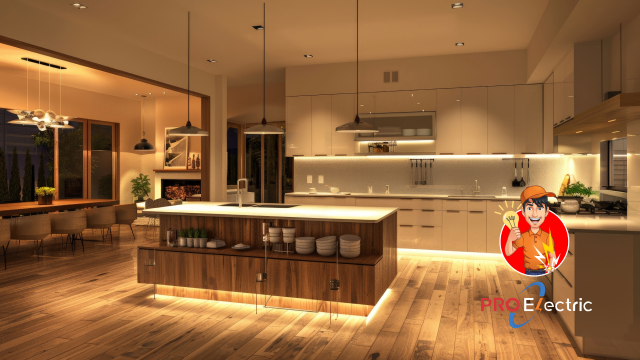
Chandeliers and other large ceiling fixtures can even serve a dual function of aesthetics and illumination.
Ambient lighting is all about balance. If it’s too dim, the kitchen will feel like a cave, but the mood will be washed out if it’s too bright. Dimmers are the answer.
Balancing Task and Ambient Lighting
How can you achieve the right balance between the two?
First, task lighting should shine where needed to do the job and be sufficient in intensity without overwhelming the ambient.
It should also enhance the ambiance, not rival the task.
Layering for Maximum Impact
The best kitchens have layered lighting – in addition to task lighting, as in the above illustration, there is ambient light in the rest of the kitchen, lower-level light that contributes to an integrated, functional, and visually pleasing space.
Task lighting illuminates the workspace.
Ambient lighting fills the rest of the space, creating an ‘ambiance’ and depth of character.
It’s also a good idea to include dimmable switches so you can dim both layers as your eyes need less stimulation – for instance, as the sun sets in the evening.
Design Considerations: Marrying Form and Function
Of course, kitchen lighting isn’t just about light—it’s about style, too.
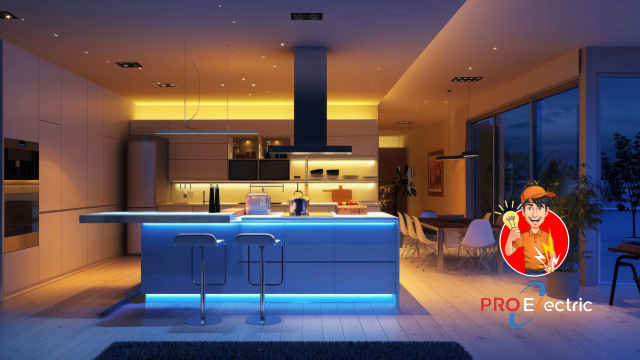
Any fixtures you choose must complement your kitchen’s look, whether sleek and modern, rustic and warm, or classic and timeless.
Matching Fixtures to Aesthetic
Pendant lights, for instance, range from industrial-looking metal finishes to more refined and elegant glass designs.
When it comes to lighting fixtures, think about your kitchen’s style: what would work in a more modern kitchen might feel out of place in a more classic scheme.
Then there is scale: your island lights must be sized to the space. Too small, and they’ll be puny; too large, and they’ll dominate.
Energy Efficiency: Lighting for the Future
When you decide on the right energy-efficient lighting for your kitchen island, LED lights consume less electricity than many alternatives and last far longer than traditional bulbs.
LED lights are also available in various color temperatures and power levels, providing versatility for task and ambient lighting.
Smart Lighting Solutions
Smart lighting lets you dim the kitchen lights at the push of a button –
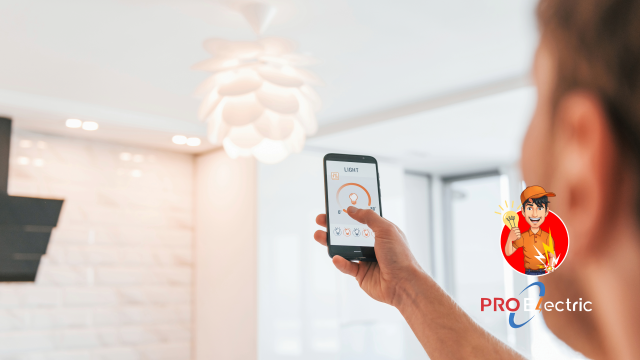
or, if you’re so inclined, the push of voice – and programmable systems allow you to alter the brightness and even the color temperature of your lights to complement your activities and moods throughout the day.
In summary: Creating a Kitchen That Works for You
Your kitchen island is more than just a food-prep zone: it’s a multifunctional space that needs to be lit accordingly.
The key to a functional and good-looking kitchen is to pair the precision of task lighting with the romantic atmosphere of ambient lighting.
Before selecting your fixtures, consider how you use your kitchen island.
Do you need a stronger light for tasks, or do you want to focus more on creating a cozy atmosphere?
Getting the right mix of task and ambient lighting is crucial, but your kitchen will look as good as it works when you do.


